| Issue #49 • January/February, 1998 |
Why spend money buying plant starter packs when you can make all you need from old newspapers? The added benefit of these newspaper pots is that they can be set right into the ground where the paper will eventually decompose and, in the process, the seedling’s delicate root system won’t be disturbed by transplanting. Paper pots can be placed side-by-side in a cardboard box tray with the sides cut down to about three inches. Amazingly, the newspaper boxes will hold water and remain intact when wet.
Materials Needed:
Double sheets of 17″ x 48″ (when spread out) newsprint. Use smaller sized publications; most daily newspapers are too big in size to make a nice compact pot). Choose pages without color since the ink may be harmful to both the plant and the soil.
Stapler
Method: (See Figures 1 – 10 at end of article)
Step 1: Begin with a double sheet of newspaper. Fold in half, making a sharp crease line. (Figure 1)
Step 2: Aligning bottom and top edges, fold in half again. (Figure 2)
Step 3: Bring left side edge to top edge in a diagonal fold. There will be a selvage edge left at right. (Figure 3)
Step 4: Fold selvage edge to back. (Figure 4)
Step 5: Bring right side edge to top edge in a diagonal crease. (Figure 5)
Step 6: Flip over with selvage edge to front. Fold sides forward lengthwise in equal thirds. (Figure 6)
Step 7: Open out and fold bottom and top forward in equal thirds. (Figure 7)
Step 8: Open out (Figure 8) and pleat bottom left corner (1) inward along diagonal crease line and fold behind front center panel A. Repeat with bottom right corner (2). Staple through all thicknesses at center of A. (Figure 9)
Step 9: Repeat step 8 with top corners and staple to complete pot. (Figure 10)
Step 10: Fill with soil and plant.




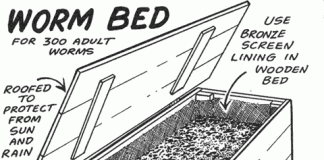






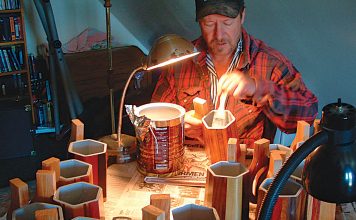
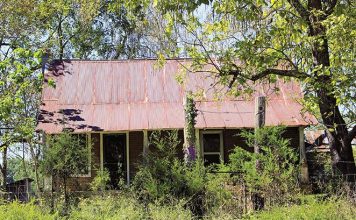
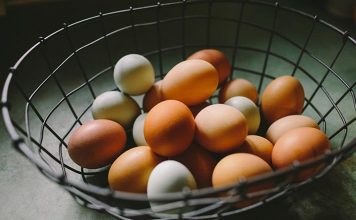
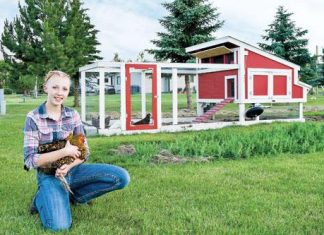
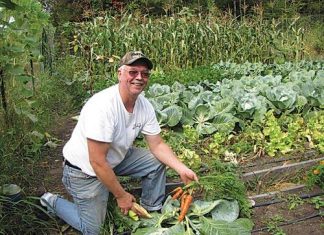
You lost me at fig. 3
I roll them around a soy sauce bottle and use some tape. Then put them in a box with a plastic bag lining it. The root system on a plant started this way is unbelievable compared to ones started in plastic pots.
OK, but so much better if the instructions and diagrams followed conventional origami fold names and valley/mountain-fold markings.